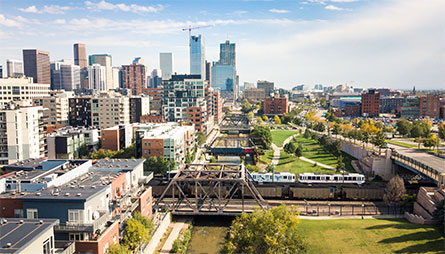Short-Term vs. Long-Term Rentals: Which One Is Right for You?
If you own rental property in North County San Diego—whether in Escondido, San Marcos, or Vista—you might be debating whether to list it as a short-term vacation rental or stick with a traditional long-term lease. Both options have their perks (and challenges), and the right choice depends on your investment goals, lifestyle, and local market conditions.
As experienced San Diego property managers, we’ve helped landlords navigate this decision and maximize their rental income. Let’s break down the pros and cons of short-term and long-term rentals so you can determine which is the best fit for your property.
Short-Term Rentals (Vacation Rentals)
Short-term rentals (STRs) are properties rented out for brief stays, typically ranging from a few nights to a few weeks. Platforms like Airbnb and Vrbo have made it easier than ever to turn your property into a vacation hotspot. But is it worth it?
Pros of Short-Term Rentals:
Higher Income Potential – Depending on your location and demand, short-term rentals can generate more revenue than long-term leases. Tourists and business travelers are often willing to pay a premium for a well-located, furnished home.
Flexibility – Need to use your property occasionally? Short-term rentals allow you to block off dates for personal use, a major perk for homeowners who split their time between residences.
Less Wear and Tear – Since guests stay for shorter periods, they don’t have time to accumulate as much damage as long-term tenants might. Plus, regular cleanings between guests help maintain the property.
Cons of Short-Term Rentals:
Stricter Regulations – Many cities in San Diego County, including Escondido, San Marcos, and Vista, have enacted regulations restricting short-term rentals. Be sure to check San Diego County’s Short-Term Rental Regulations before listing your property. In 2023 San Diego passed increased taxes for short term rentals as well as established a lottery system for permits in some San Diego neighborhoods. For the SD market this creates some instability and concern regarding guaranteeing necessary approvals to operate a short-term rental.
Higher Maintenance Costs – Frequent guest turnover means more cleaning, restocking, and potential damage control. You’ll also need to furnish and decorate the space to attract renters. There has been an increase in short term rentals being utilized as event spaces which in turn drives more (potentially unauthorized) guests thus increasing wear & tear on furnishings.
Seasonal Fluctuations – Unlike long-term rentals, STR income can vary dramatically depending on tourist seasons, local events, and economic conditions.
Long-Term Rentals (Traditional Leasing)
Long-term rentals involve leasing a property for an extended period, typically 12 months or more. This is the go-to option for many landlords who want stable, predictable income.
Pros of Long-Term Rentals:
Steady Income – With a signed lease, you have guaranteed rent payments each month, making financial planning easier.
Lower Management Costs – While maintenance is still required, long-term tenants typically take better care of the property since they see it as their home. Additionally the property management fees are generally lower for long-term rentals compared to short-term.
Fewer Legal Hurdles – Unlike short-term rentals, long-term leases face fewer zoning restrictions and city regulations in most of North County San Diego. Check California’s Landlord-Tenant Laws for compliance.
Cons of Long-Term Rentals:
Less Flexibility – Once a lease is signed, you can’t easily reclaim the property for personal use or capitalize on peak rental seasons.
Tenant Risks – A bad tenant can cause damage, miss rent payments, or create legal headaches. Proper tenant screening by a property manager in North County San Diego is crucial.
Slower Income Growth – Rent increases are typically limited by lease agreements and local rent control laws, which means slower appreciation of rental income over time.
Which Rental Strategy Is Right for You?
Still on the fence? Here’s how to decide:
Go Short-Term If: You want flexibility to occasionally inhabit the property, enjoy hosting guests, and your property is in a high-demand vacation area.
Go Long-Term If: You prefer steady income, lower maintenance, and fewer legal restrictions.
Regardless of your choice, having a professional property manager in Escondido, San Marcos, or Vista can help maximize your investment. Whether you need tenant screening, rental marketing, or full-service property management, we’re here to help.
Thinking of renting out your property? Contact us today to discuss the best strategy for your home!



